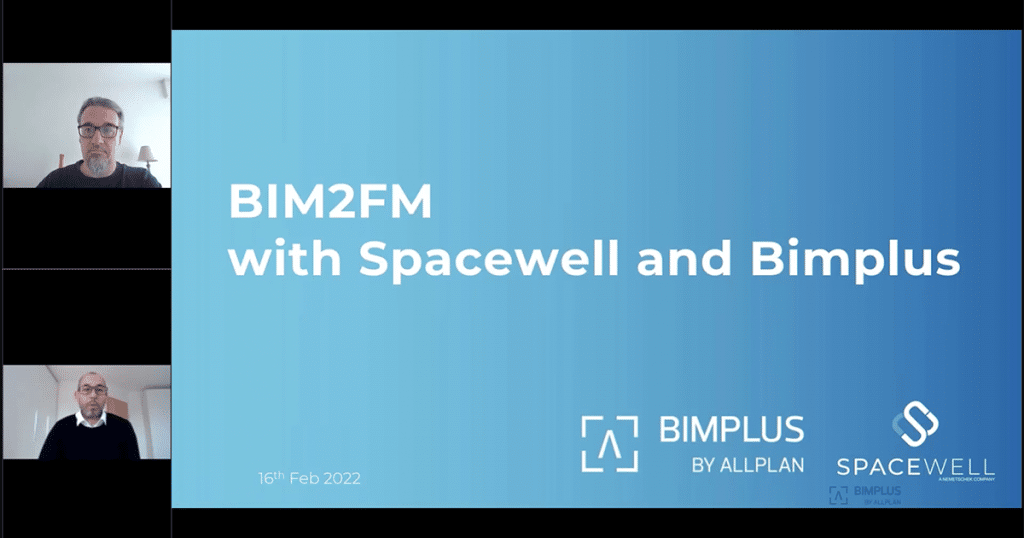What’s the role of BIM and Digital Twins in the building lifecycle? Most people are aware that BIM supports the design and construction of buildings by creating a single source of truth and facilitating reliable data sharing between project partners. However, it’s a misconception that BIM is only for new construction, or that it stops when a building is commissioned and the keys are handed over. On the contrary, BIM enables the management of information throughout the lifecycle of a building. During design, engineering, and construction, a massive amount of data is created, which can inform the facility’s operations and reduce costs (typically, about 80% of the total cost of a building is incurred in the use phase: operation, maintenance, and renovation). When facility managers can access this data and integrate it into their own systems without loss of information, they can close knowledge gaps and improve operational efficiency. The next step is to enhance this data with real-time insights from Building Management Systems (BMS) and/or IoT sensors that continuously measure the building’s environment.
As buildings are getting smarter, the use of sensors to measure thermal comfort, indoor air quality, occupancy levels, and space utilization is becoming more common. Using BIM as a foundation, this granular, high-quality data enables the creation of a digital twin, a ‘live’ virtual copy of a physical building. From better design decisions and improved cost control to empowered FM teams, there are many advantages of using BIM to create a digital twin, powered by dynamic data.
Q&A video series: Building Information Modeling, Digital Twins, and Building Lifecycle Intelligence
In a series of short Q&A videos, BIM-for-FM expert Kurt Demeulemeester explains the fundamentals, focusing on the post-construction phase when the building is in use. So, let’s first shed some light on the BIM process itself and how its outputs can be evolved beyond design and construction, to bring value to facility management and building operations:
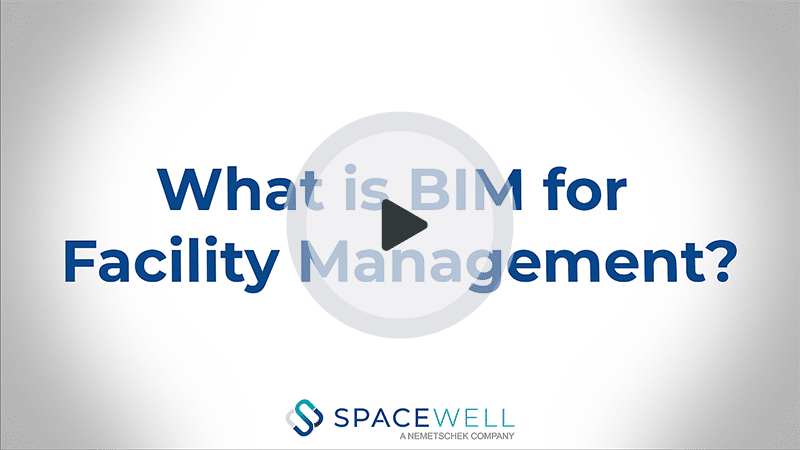

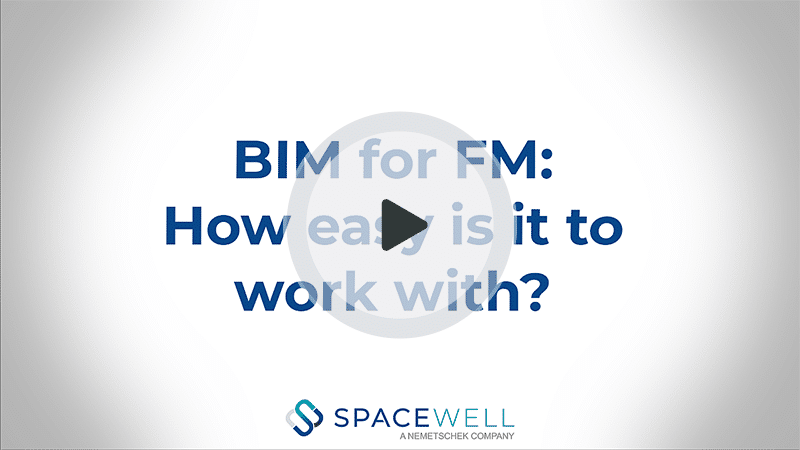
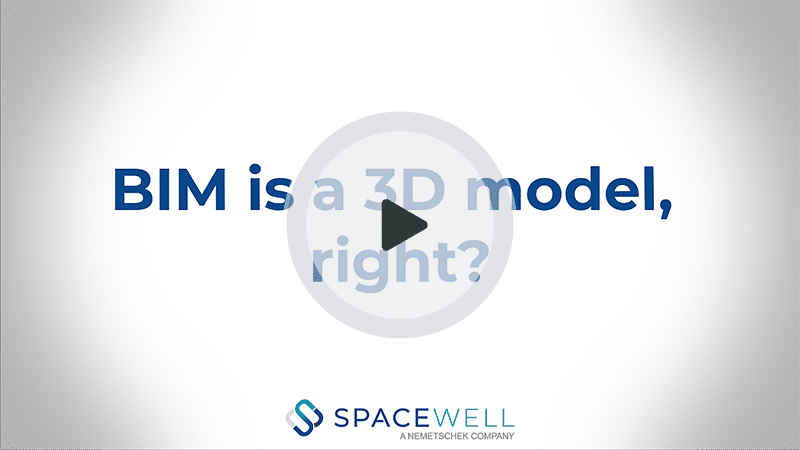


Digital Twinning from a facility management perspective
As mentioned before, BIM is not necessarily an end station. It can also be the foundation for creating a digital twin. With the explosion of the Internet of Things and the use of live data to improve facility operations and the occupant experience, it is becoming more realistic to evolve BIM models into real estate digital twins that mirror in real time what is going on in buildings. The continuation of this video series shares insights into digital twinning from an FM and building lifecycle perspective:
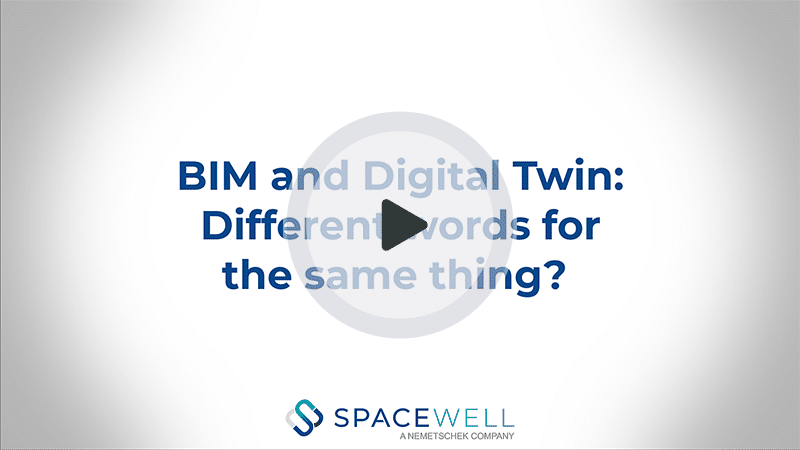

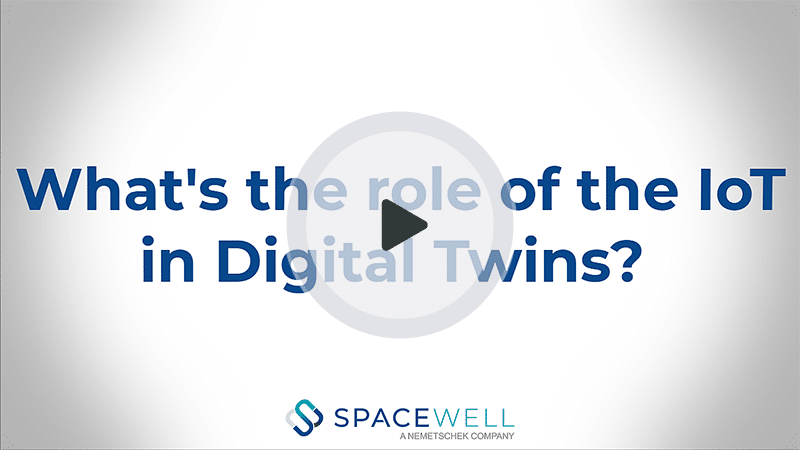
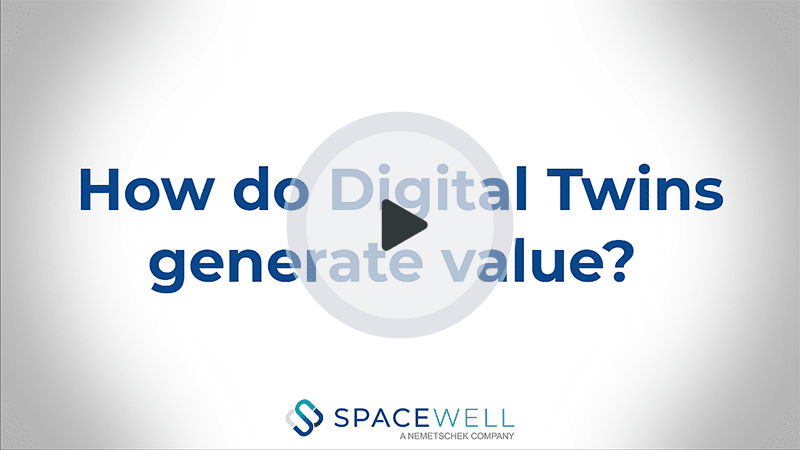
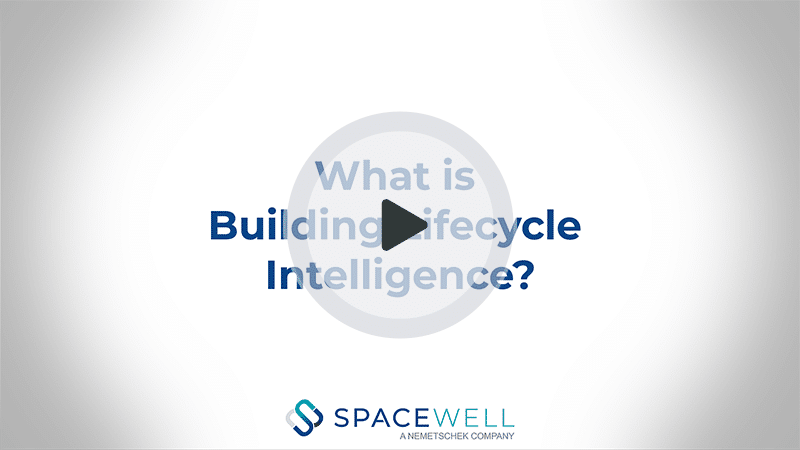
We hope you enjoyed the introduction to the fascinating world of BIM and digital twins offered by this video series. If you’d like to learn more or explore some use cases, don’t hesitate to get in touch.
Another resource you may be interested in is this hands-on webinar recording: ‘BIM2FM with Spacewell and Bimplus – From Data Handover to Building Lifecycle Intelligence.’
